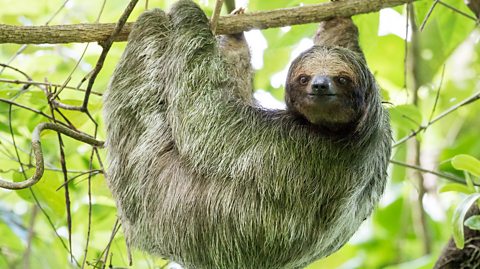With social media algorithms working overtime and the human brainās The psychological tendency to remember negative experiences more clearly than positive ones., itās easy to get stuck in a doom spiral when it comes to the environment. But good climate stories do exist.
Global action plans have been proven to work - after all, you donāt often hear about the ozone layer since CFCs were banned in manufacturing, and with continuous conservation efforts itās slowly but surely recovering.
Read on to inspire yourself and, if youāre struggling with climate anxiety, check out our tips on how to manage it below.
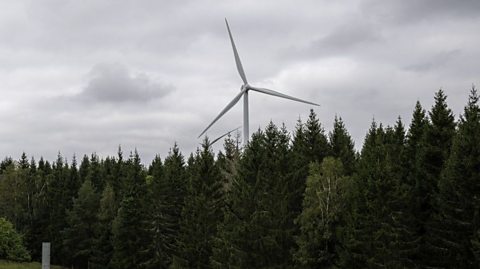
1. The world's tallest wooden wind turbine is up and running
You might be surprised to learn that wind energy has been used as early as 5,000 BC, when Ancient Egyptians used wind to propel ships along the Nile. By 200 BC, wind-powered water pumps were used in Han dynasty China, and early windmills ground flour in Persia and west Asia. By the 11th Century, wind pumps and windmills were used for food production and water management across Europe.
It was only a natural progression that once electricity was in use, wind would be used to generate it. Early wind turbines have been used since the turn of the 20th Century, but it wouldnāt be until the 1970s that the focus shifted on developing greener energy sources. Now there are 162 offshore wind farms in operation on the planet.
But the biggest issues that wind turbine manufacturers have faced is the carbon cost of building them from steel, and the logistics of building them tall enough to capture more wind. In December 2023, the region outside Skara, Sweden, saw the first full-height timber wind turbine start turning. The 105m (492 ft) giant is the tallest wind turbine in the world, is easy to transport and is far more sustainable than steel to build. Its tower is made from 144 layers of laminated veneer lumber (LVL), and is now generating enough electricity to power 400 homes.
The turbine is appropriately named the Wind of Change, and may mark the beginning of low carbon emission turbine construction.

2. Local councils are exploring new ways to recycle heat
In a poetic full circle, a project launched in February 2024 is investigating whether the UKās flooded coal mines can be used to sustainably heat buildings. Mine water is naturally warm due to geothermal activity deep in the Earth, so it wouldnāt take much energy to bring the temperature up, and many towns in the UK sit on top of these mines. This could mean a low-carbon solution to heating, as the water can be extracted year-round without temperature fluctuations. The town of Gateshead is already doing this on a small scale; 350 homes are heated by a disused mine, as well as Gateshead college and several office buildings.
On top of this, a new way of providing heat has come hand-in-hand with the development of technology. Many tech firms and data centres capture and repurpose excess heat to share with leisure centres across the UK. This is beneficial in two ways: the data storage machines require rapid cooling, which is achieved when the emitted heat is drawn away and used to warm swimming pools - at no cost to the communities. In London, a government-supported project was launched in 2023 and aims to provide 10,000 homes and a hospital with recycled excess computer heat from data centres.
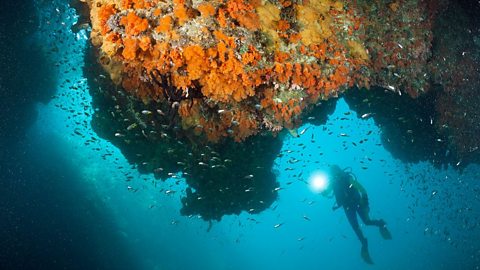
3. Coral reefs are bouncing back thanks to new restoration methods
Coral reefs are integral to marine biodiversity all over the world, and, like blue forests, help prevent coastal areas from storm damage and soil erosion. Coral have a symbiotic relationship with microscopic algae called zooxanthellae. But when water is too warm, coral dispel the algae and A state in which coral turns completely white and struggles to reproduce or house wildlife.. Coral are also under threat of storm damage, pollution and destructive fishing practices.
But conservation efforts between the UK and Indonesia have discovered that a reef structure can be fully restored in just four years using a new scientific method - much faster than thought possible. For perspective, a single reef can take at least 10 years to recover naturally from a bleaching event, if it can recover at all.
The successful project was trialled at the Mars Coral Reef Restoration Programme in South Sulawesi, Indonesia, and means that corals susceptible to bleaching can be restored with human-assisted ātransplantsā, where young coral are grown on degradable structures and grafted onto damaged reefs to promote healing. Trials continue to see if transplants are suitable for different coral species to help restore a reefās full biodiversity.
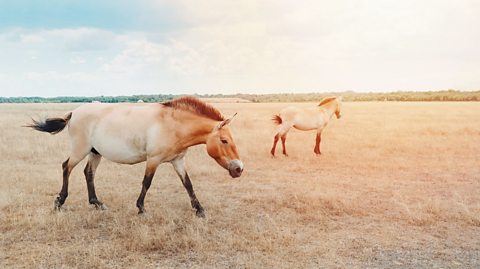
4. Rare wild horses return to Central Asia for the first time in 200 years
You might have seen the distinctive Przewalskiās horse in your nearest zoo, as until recently this was the only way to see them. Theyāre considered the last true species of wild horse on the planet, but were once extinct in the wild due to human activity and changes in their natural environment.
After a 15-year-long conservation effort, in June 2024 Prague Zoo reintroduced them into Kazakhstanās Golden Steppe (Altyn Dala in Kazakh) grasslands for the first time in over 200 years. These protected areas are helping the Golden Steppeās biodiversity to recover. For example, the number of saiga antelope - an ancient species that once lived among woolly mammoths - has leapt to 1.9 million across Eurasia from just 39,000 in 2005. Endangered bird species, including the steppe eagle and lapwing, are also on the rise as the Steppeās low vegetation is perfect for ground-dwelling birds.

If youāre feeling climate anxiety to the point where itās affecting your mental health, “óĻó“«Ć½ Bitesize also has a guide to help you manage those feelings and turn them into action.
This article was published in July 2024.

Four UK natural wonders that are shrouded in myth
Discover the legends surrounding four of the UK's natural wonders.
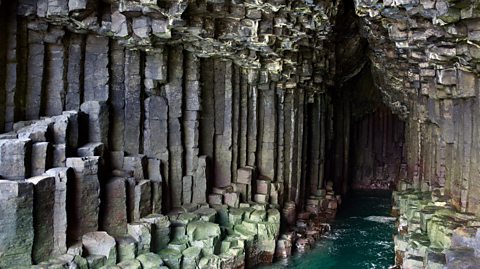
Can you guess the landmark from the aerial photo?
Take a look at these aerial photos and see if you can figure which famous landmarks they are, from right across the world.

Can you wrap your head around these unbelievable wildlife facts?
From the cute, to the gross, to the downright surprising, “óĻó“«Ć½ Bitesize takes a look at four incredible wildlife facts.
